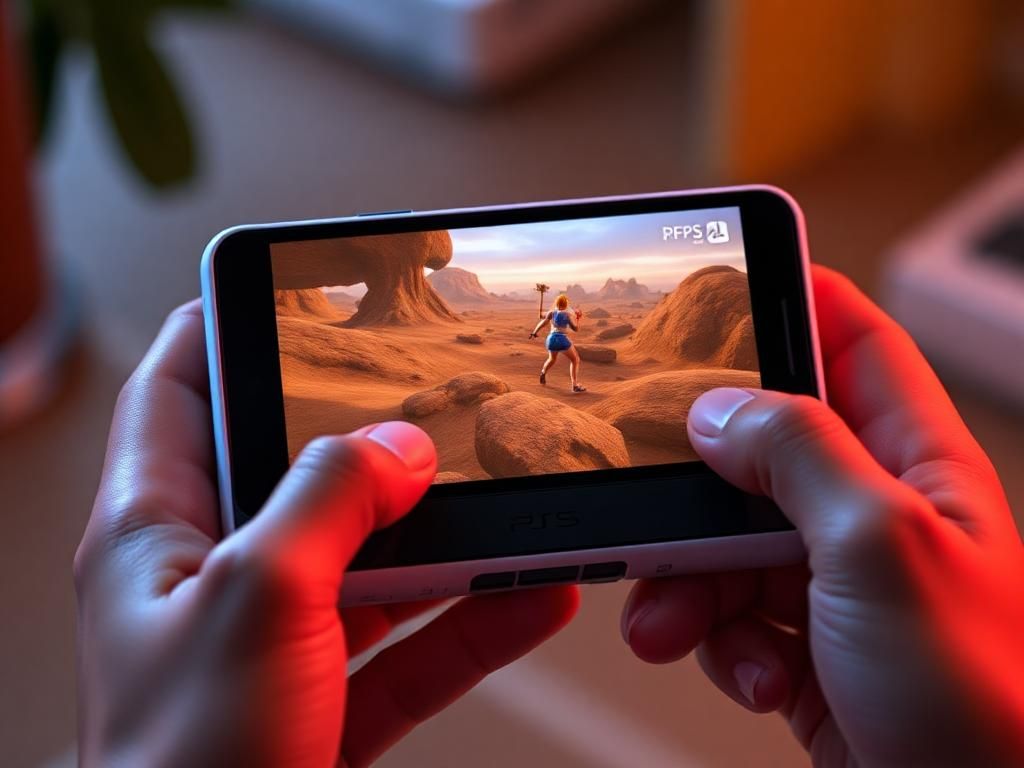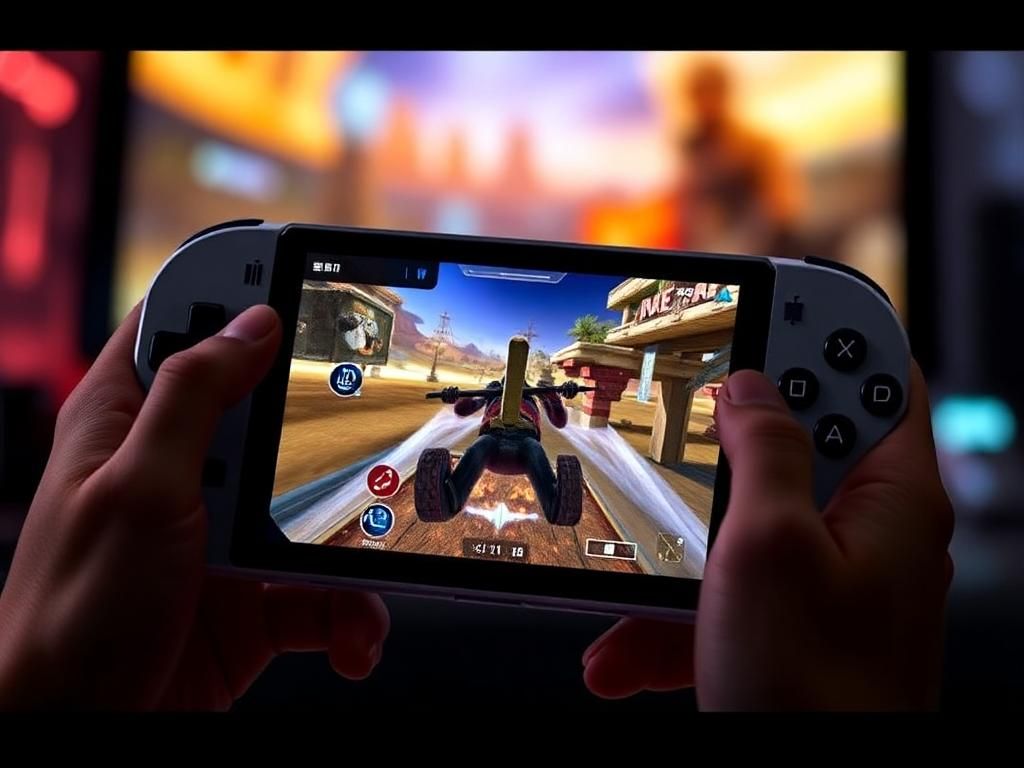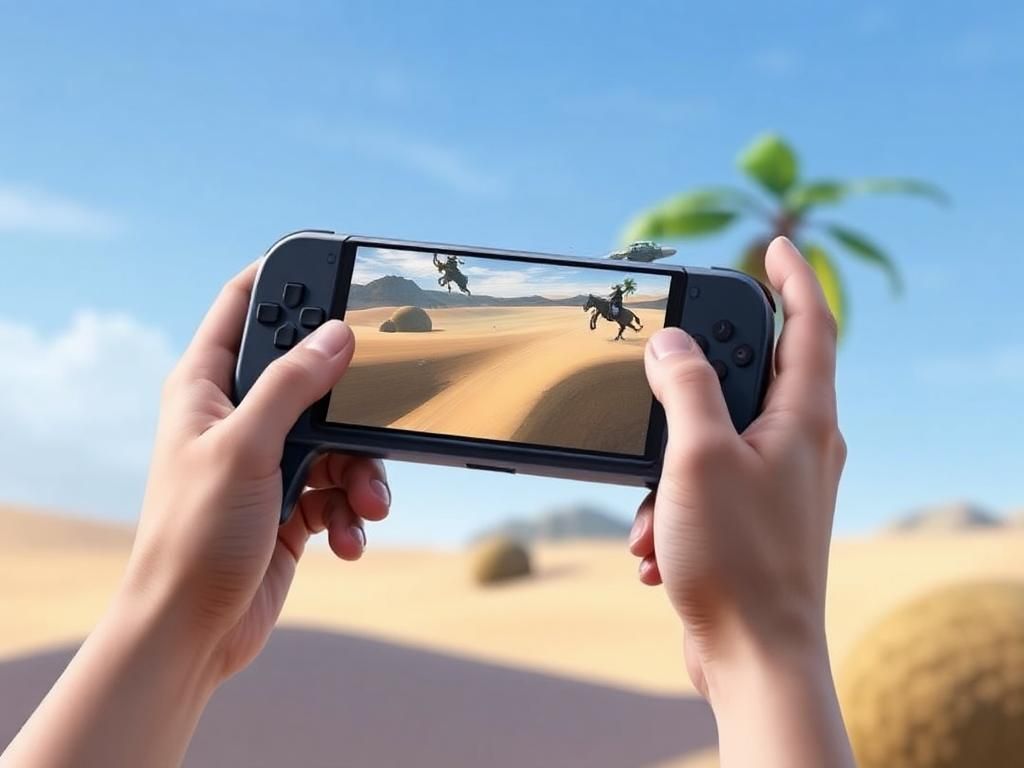The PS5 has rapidly transformed the landscape of the gaming industry since its launch, introducing next-generation capabilities, stunning graphics, and an immersive experience that reshaped how players engage with their favorite titles. As the demand for gaming evolves, the concept of a PS5 handheld becomes more enticing. This article explores the feasibility, features, and implications of a PS5 handheld device, considering not just the technological advancements but also the historical context and market viability of handheld gaming.
The Current Landscape of Handheld Gaming
Historical Context
Handheld gaming has come a long way since the advent of devices like the Game Boy in the late 1980s. The evolution of portable gaming systems includes notable devices such as the PlayStation Portable (PSP) and the Nintendo Switch, which have ushered in a new era of gaming on the go. Historically, handheld consoles have offered unique benefits compared to home consoles, primarily their portability. Unlike traditional systems that offer high performance, handheld devices often sacrifice some graphical fidelity for the flexibility to play anywhere.
Existing Handheld Devices
As of now, the market boasts a range of robust handheld consoles. The Nintendo Switch allows players to experience exclusive titles wherever they go, establishing a significant benchmark for future devices. The Steam Deck has also gained traction, catering to gamers who desire their PC games in a portable format. Alongside these dedicated devices, smartphones and tablets now support remote play capabilities, enabling players to stream console titles on-the-go. The trend indicates a rising popularity in portable gaming, revealing a potent market opportunity for the PS5 handheld.
The Concept of a PS5 Handheld
Why a PS5 Handheld?
The demand for a portable version of the PS5 experience stems from the desire for flexibility in gaming. Players are increasingly seeking opportunities to enjoy console-quality games while commuting, traveling, or simply relaxing outside their living rooms. A PS5 handheld could also capitalize on the booming mobile gaming market, drawing in audiences who prefer gaming on handheld devices. This device could potentially enhance the existing capabilities of the PS5, particularly through improved Remote Play features, offering seamless gameplay between home and handheld systems.
Possible Designs and Features
In envisioning a PS5 handheld, several design and feature considerations emerge. Ergonomics play a crucial role; the device should provide comfortable grip and usability for extended gaming sessions. Integrated DualSense technology, incorporating haptic feedback and adaptive triggers, promises a unique touch, simulating the feel of console gaming on a handheld.
Display options should include modern choices like OLED technology for vibrant visuals, high resolution, and fast refresh rates to ensure smooth gameplay. Battery life is another pressing concern, as players would desire a device capable of sustaining lengthy gaming sessions without a constant need for recharging.
Technological Considerations
Hardware Components

To deliver a PS5-level experience, the hardware specifications of a handheld would need to match or come close to those of its console counterpart. A capable processor and GPU are paramount, ensuring performance that supports advanced graphics and complex game environments. Storage options, particularly the integration of an SSD, would enhance load times and system responsiveness, crucial features for maintaining player engagement. Effective cooling systems tailored for a portable form factor would also be essential, preventing overheating during intense gaming sessions.
Software and Operating System
Adapting the PlayStation OS for handheld use poses both challenges and opportunities. Compatibility with PS5 games is crucial, necessitating a dual approach of supporting native gameplay along with robust cloud gaming options for flexibility. The direction of exclusive titles could significantly impact the success of a PS5 handheld, as they would entice gamers and build a solid library unique to the device.
Market Viability
Target Audience
Identifying the target audience for a PS5 handheld is vital for its market viability. The demographics encompass hardcore gamers looking for portable solutions, casual players who appreciate mobile gaming, and families seeking family-friendly interactive entertainment. Understanding current play habits and trends will help assess the demand and preferences of potential consumers.
Pricing and Competition
Competitive pricing will be key to a successful launch of the PS5 handheld. Price expectations should align with the features offered while maintaining an edge against competitors like the Nintendo Switch and Steam Deck. Exploring subscription models, such as an enhanced PlayStation Plus, could provide added value for users while diversifying revenue streams. However, entering a saturated market poses risks, demanding that Sony carefully craft and market the device to stand out.
Challenges and Considerations
Technical Challenges
Creating a PS5 handheld brings forth several technical challenges. A delicate balance between power and portability must be achieved, ensuring the device offers substantial performance without becoming bulky. Addressing potential overheating issues will be crucial, as high-performance hardware will generate significant heat. Additionally, ensuring robust connectivity options, including stable Wi-Fi and mobile data capabilities for online play, remains imperative.
Consumer Expectations
Consumer expectations will play a critical role in the success of a PS5 handheld. Gamers will anticipate long-lasting battery life, access to a broad game library, and durability that withstands the rigors of portable gaming. Managing expectations regarding graphics may be necessary, as the handheld may not replicate the same visual fidelity found on the console.

The Future of Gaming with a PS5 Handheld
Potential Impact on the PlayStation Ecosystem
The introduction of a PS5 handheld could enhance the interconnectedness of PlayStation devices, fostering deeper engagement within the PlayStation ecosystem. The possibilities for cross-platform play between handheld and console users could also bridge communities, allowing friends to play together regardless of their device choice.
Speculations and Predictions
The future of handheld gaming is poised for growth, and Sony’s role will be pivotal. Anticipated consumer trends, such as the increasing adoption of cloud gaming technologies and the demand for versatile gaming experiences, will influence the success of a PS5 handheld. As technology advances, expectations for performance and convenience will continue to evolve, shaping the future landscape of gaming.
Table Summary of Key Points
| Feature | Description | Considerations |
|---|---|---|
| Ergonomics | Comfortable grip for extended sessions | Weight, button layout |
| Display | OLED technology with high resolution | Battery consumption, visibility |
| Hardware | Powerful processor and GPU | Cooling and portability |
| Software | Adaptation of PlayStation OS | Game compatibility (native/cloud) |
| Target Audience | Hardcore gamers, casual players | Market demand studies |
| Pricing | Competitive with existing handhelds | Feature set vs. cost |
FAQ Section
1. Will the PS5 handheld be backward compatible with older titles?
While details are yet to be confirmed, it’s reasonable to expect that a PS5 handheld may support backward compatibility, allowing players to enjoy classics from previous PlayStation consoles.
2. What will be the expected battery life for the PS5 handheld?
While there’s no official confirmation, gamers anticipate that the battery life would ideally support at least 6-8 hours of continuous gameplay, depending on usage.
3. Can I play physical games on the PS5 handheld?
Details regarding game formats are still speculative, but it’s likely that the PS5 handheld will either support digital downloads or a hybrid model, similar to the Nintendo Switch.
4. Will there be exclusive games for the PS5 handheld?
Exclusive titles are crucial to attract users, and it’s anticipated that Sony may develop games specifically for the PS5 handheld to enhance its appeal.
5. Is it possible to use the PS5 handheld as a secondary screen?
This functionality could enhance the gaming experience, allowing it to serve as a second screen for additional features or controls, thereby expanding gameplay options.
6. What will be the impact on online play capabilities?
With improved connectivity, the PS5 handheld is expected to maintain strong online play functions, mirroring the capabilities found on the console.
7. Will the PS5 handheld offer cloud gaming?
Cloud gaming is a vital trend, and it is plausible that a PS5 handheld would feature robust cloud capabilities, allowing users to play their library from anywhere.
8. How will Sony market the PS5 handheld to compete?
Effective marketing strategies will likely highlight unique features, exclusive games, and the overall gaming ecosystem to position it favorably against competitors.
9. What makes the PS5 handheld different from other portable devices?
The PS5 handheld would focus on delivering a console-quality experience in a portable format, setting it apart from traditional mobile gaming.
10. What are the main concerns gamers have over a possible PS5 handheld?
Concerns typically revolve around battery life, game library diversity, performance parity with the PS5, and overall durability during casual transport.


